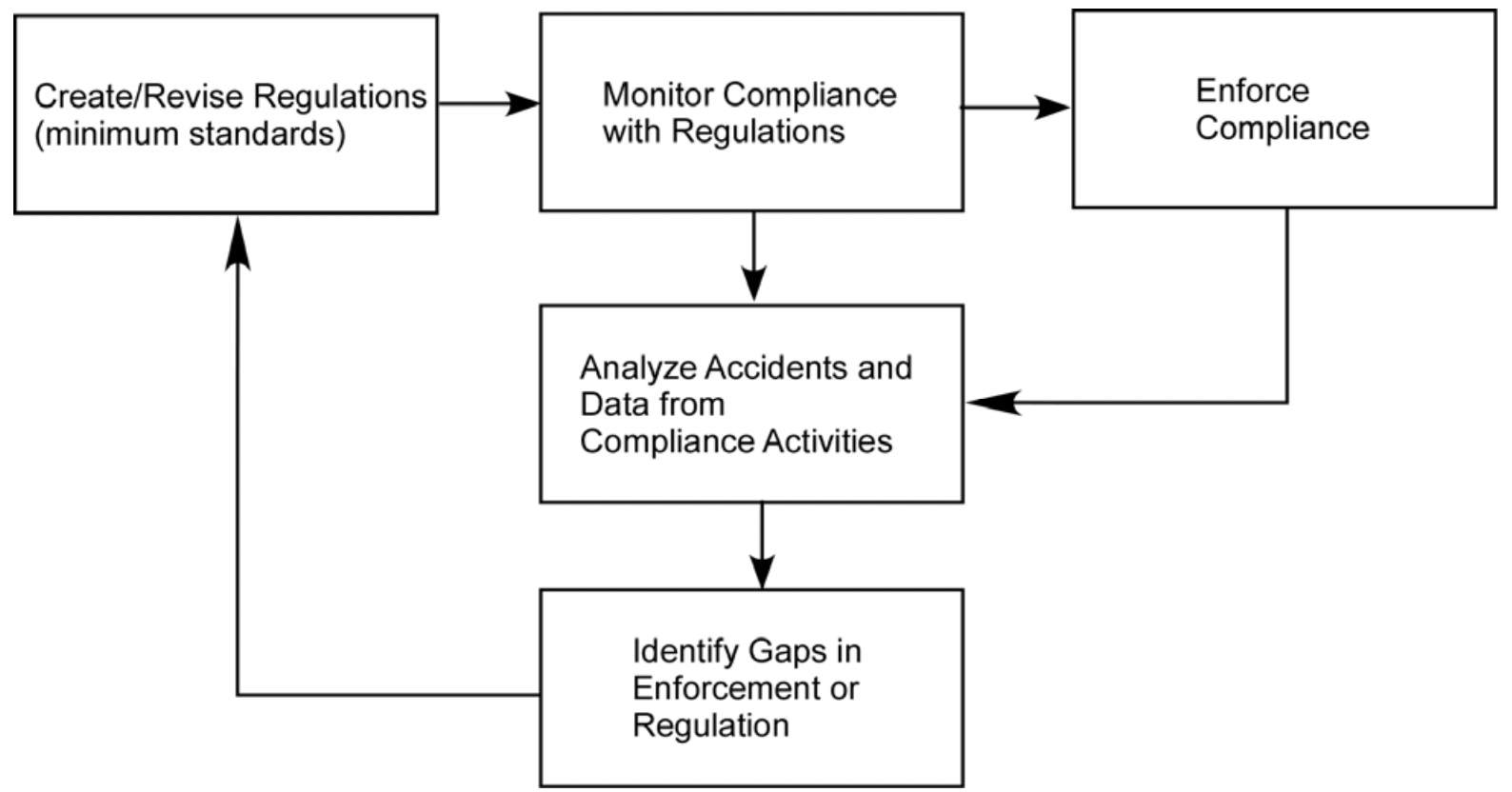As my time in the railroad industry comes to an end, I broke the ice with the FRA through some close friends in DOT/PHMSA to understand why/how the railroads are 50 years behind the times in how safety is managed. Through our many and lengthy discussions (many thanks to E.J. and others), I received a “White Paper” on a study that the FRA did after the 2005 Graniteville, SC accident that involved a collision between two freight trains resulting in the release of chlorine, killing the locomotive engineer and eight other people and the and the 2008 Chatswort, CA when a freight train and a commuter train collided head-on. After these incidents and the other catastrophic incidents in the industries that followed, the FRA, much like OSHA and EPA did in the 1980s and ’90s, began questioning their “compliance enforcement” approach to improving safety in the industry. As they told me… “we knew there had to be a better way.” So they reviewed their “compliance and enforcement” model and found exactly what OSHA and EPA found in their studies. COMPLIANCE only gets you so far, and it does NOT manage real risk. The COMPLIANCE and ENFORCEMENT model also establishes minimums safety criteria and conditions for employers to meet the minimum standards of safety set by a government agency. Not even close to real safety management!
This “white paper” is a MUST-read for all safety professionals as it clearly shows that COMPLIANCE IS NOT THE MODEL on which we want to base our safety. It is a mere foundation from which we build a SAFETY MANAGEMENT SYSTEM, using safety science that manages RISKS rather than lagging indicators such as injury rates.
Here is the synopsis of their study, with highlights by me.


